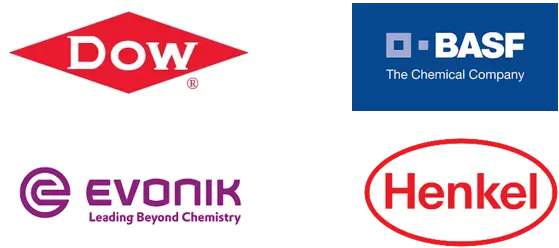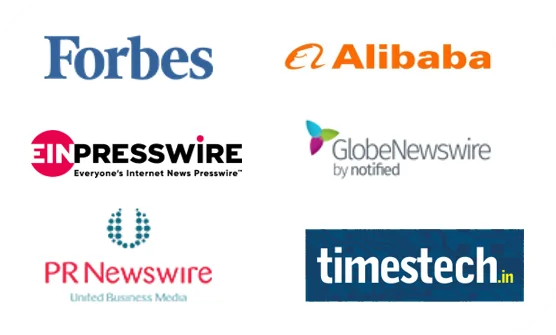Anti-Static Fibres Market Overview
The report is titled as ‘Anti-Static Fibres Market: Opportunity Analysis and Future Assessment 2022-2030’. An overview of conceptual frameworks, analytical approaches of the Anti-Static Fibres market is the main objective of the report, which further consists the market opportunity and insights of the data involved in the making of the respective market.
Anti-Static Fibres Overview
An anti-static material can be simply understood as any kind of substance which obstructs triboelectric charging or triboelectric effect. This type of charging is generally a contact electrification on which certain substances become electrically charged post detachment from a separate substance with which they were in contact. By and large, anti-static materials or fibers have a low electrical resistance that lies between 0.1 and 1000 MegaOhm (MΩ). The usage of anti-static material or fibers avoids the accumulation of electrostatic charge in the substance by scattering this charge and therefore, keeps away an abrupt release between electrically charged materials when touched.
A basic example of such triboelectric charging is the electric shock one gets when in contact with the door of the car as they get out. It is induced by the variation in electrical potential within an electrostatically charged substance and the ground. Even though this instance is fairly harmless, such electrostatic discharge would not be appropriate to be ignored as it is likely to cause more severe consequences including explosions, fires, and accidents. Thus, the beneficial properties of anti-static fibers including greater conductivity, softness and flexibility, along with tremendous contact comfort for the user or wearer boosts its adoption across various industries all around the globe.
In addition to that, the anti-static fibers also gain application across domains like chemical, mineral, industrial, metallurgical, and agricultural spheres where the different approaches as well as dust are prone to form static and where there is a potential source of ignition. Attributing to such factors, the global anti-static fibers market is estimated to witness significant growth over the coming years.
Anti-Static Fibres Market Segmentation
The anti-static fibres market is segmented on the basis of product type, application, end-use industry, and region.
-
By Product Type
Polyester Anti-Static Fibres
Acrylic Anti-Static Fibres
Metaramide Anti-Static Fibres
Polyamide Anti-Static Fibres
Polypropylene Anti-Static Fibres
-
By Application
Protective Clothing
Conductive Insoles for Safety Shoes/Boots
Carpets
Upholstery Fabrics
Flexible Intermediate Bulk Container
Anti-Static Filter Bags
Anti-Static Brushes
Wires
Others
-
By End Use Industry
Packaging Industry
Clothing Industry
Electronics Industry
Others
-
By Region
North America
Latin America
Europe
Asia Pacific
Middle East
Africa
Anti-Static Fibres Market Key Players
Some of the key participating players in anti-static fibres market are:
Bekaert
Epitropic Fibres Ltd.
Goonvean Fibres
Ascend Performance Materials
Toray Group
Noble Biomaterials
Factors that are benchmarked while estimating the market
Various factors that are benchmarked while estimating the market growth includes (but not restricted to):
- New product developments and launches
- Anti-Static Fibres Adoption Rate, by Application
- Top Companies Historical Growth Rate
- Pricing Impact
- Impact of Regulations
- Advantages of Anti-Static Fibres
Actions taken by the manufacturer and respective regulatory authorities also impact the market growth of the segment. These factors are understood at regional level and in major countries globally for providing regional insights of the product segment in the report. This helps our clients to take informed decision.
A mix of top-down and bottom-up approach is followed to arrive and validate our market value estimations. For a product segment like wherein one/two manufacturer(s) dominates the market, it’s product sales, previous growth rates and market expansion plans are considered to generate market share in the market.

